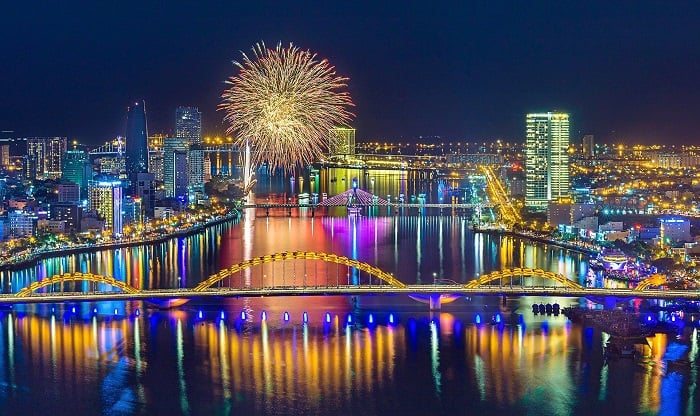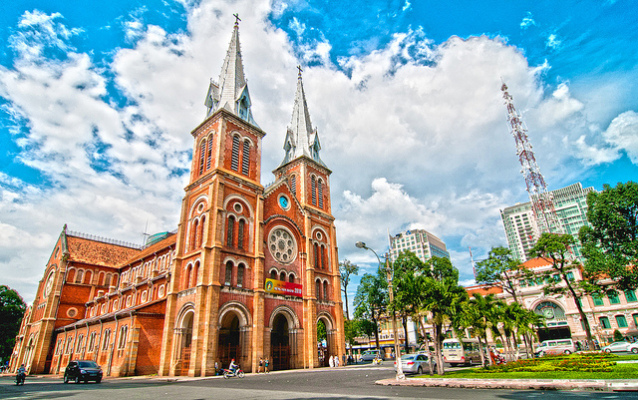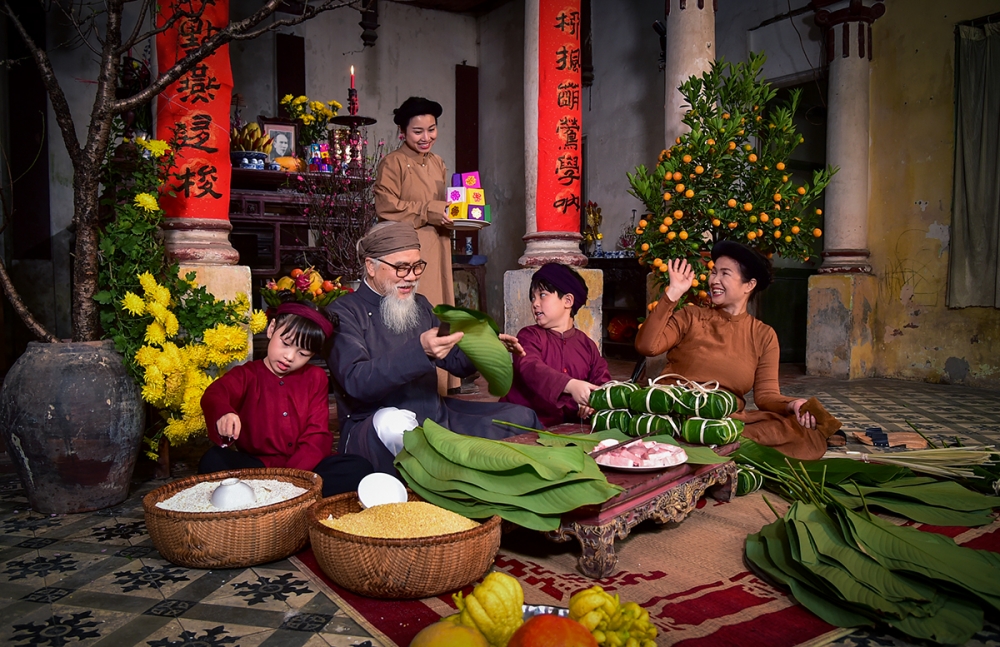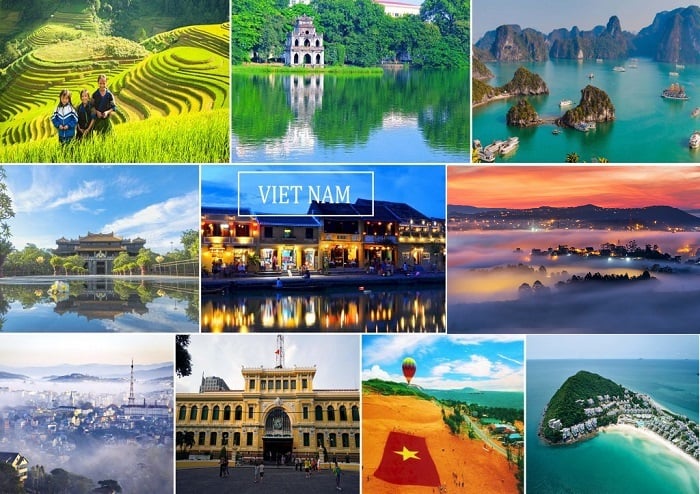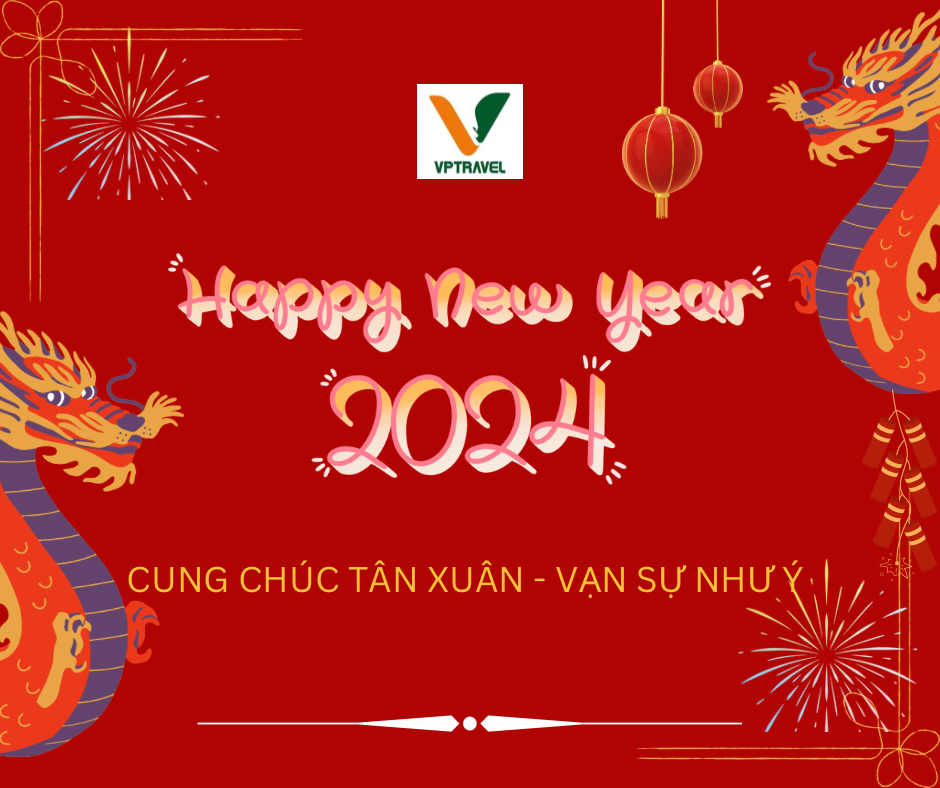Discretely framing the rest of Indochina is a coastline stretching across the shores of the East Vietnam Sea, an obvious stopover for a traveller passing through Asia. Accented by its three main areas: North, Central, and South, Vietnam evokes a particular allure for travellers and business folk alike, a relevant contemporary history, a burgeoning economic powerhouse, a culture as diverse as it is rich and an eclectic cuisine that reflects all of the above.
In the previous century, Vietnam was the subject of international attention and fascination. Today, although the circumstances have changed considerably, that attention and fascination has survived and grown into something altogether new. Modern Vietnam is now the subject of economic prosperity and untapped natural beauty. In National Geographic’s January 2011 issue, the world’s largest caves in central Vietnam made their debut in a two-page spread; but the Phong-Nha caves are only the tip of the iceberg.
With a youthful population and a forgiving heart, Vietnam has moved into the 21st century with a vigor and freedom unspoiled by the past. The people look forward with no thought to a war that tore the very fabric of their families apart, instead they see the beauty of their country and what they have to offer the world. This skinny strip of land, with its stunning beaches and rolling mountains, its hidden histories, its diverse ethnic groups and bountiful fresh cuisine are all priceless.
EXPLORE OUR VIETNAM
Vietnam is especially famous for its diversity and natural beauty. You could spend months traveling up and down the coast and still not exhaust everything Vietnam has to offer. From the rolling green karst mountains and hills to the splendid crystal white beaches to the stretching wet flatlands. Throw into this the vast collection of ancient and modern structures built over the centuries.
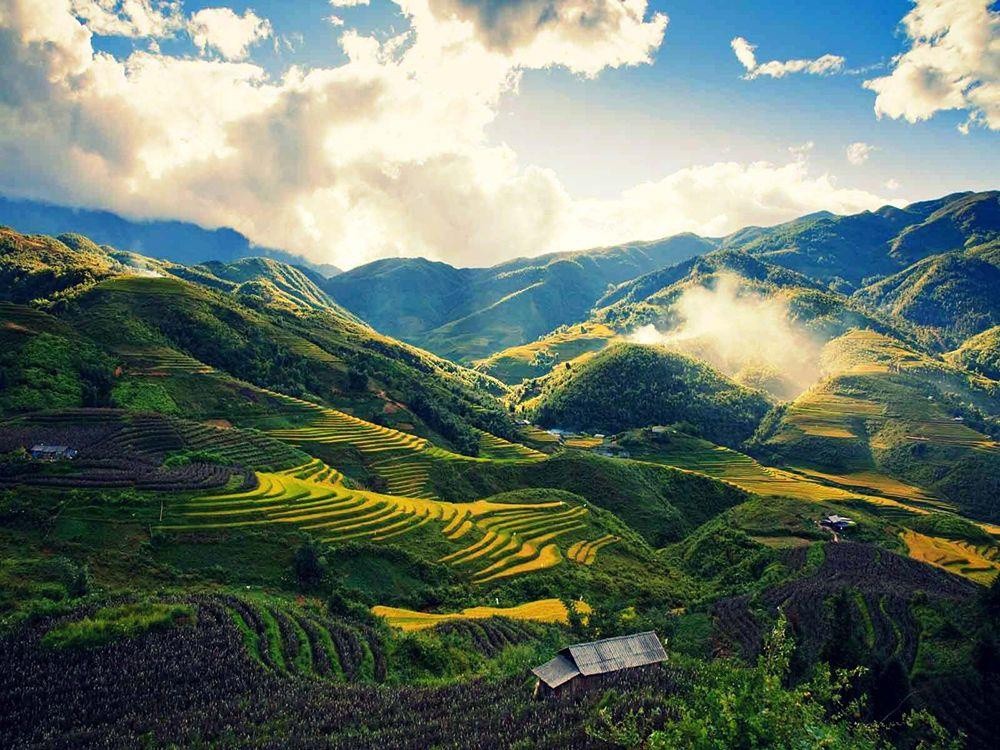

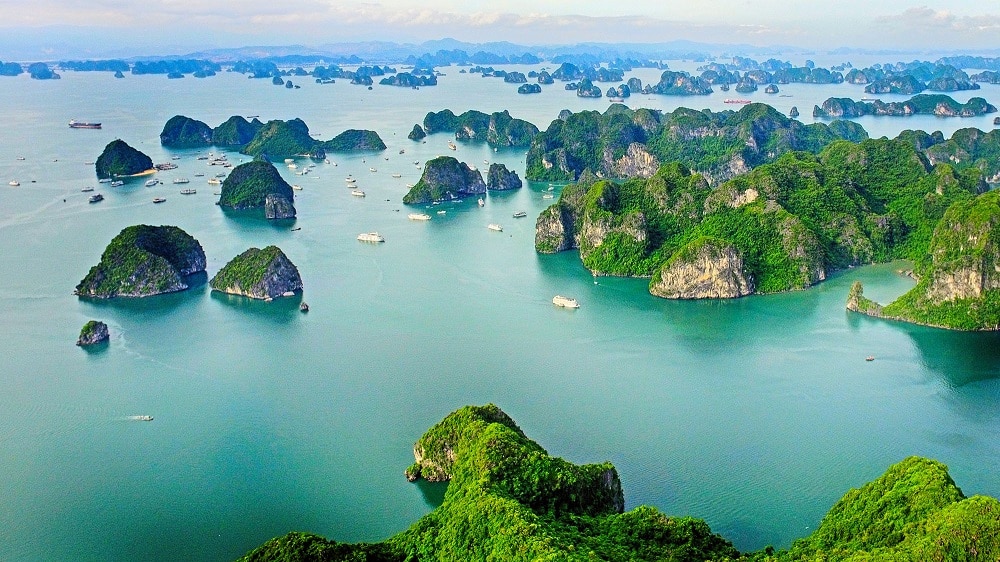
WEATHER
Vietnam is located between the latitudes 8° and 24°N, and as such it is tropical climate but tends to vary considerably from place to place.
From Hai Van Pass (near to Hue) upwards to the Chinese Border there are 4 distinct seasons, spring, summer, autumn, and winter. During winter it gets very cold and snow has been occasionally sighted on the higher mountains. Conversely in the summer it gets very hot, regularly over 39 degree Celsius.
From the Hai Van Pass down to Ca Mau at the southernmost tip of Vietnam there are two seasons, sunny and rainy. The rainy (monsoon season) is from late May-October and the sunny season is from November-April.
Please note that Vietnam during several months of the year will have a Heat Index, which is different from the actual temperature. It refers to how hot you feel or how hot your skin feels. Ho Chi Minh City during the hot summer months regularly gets Heat Index figures over 39 degree Celsius. There can be a noticeable difference between the actual temperature and the Heat Index.

